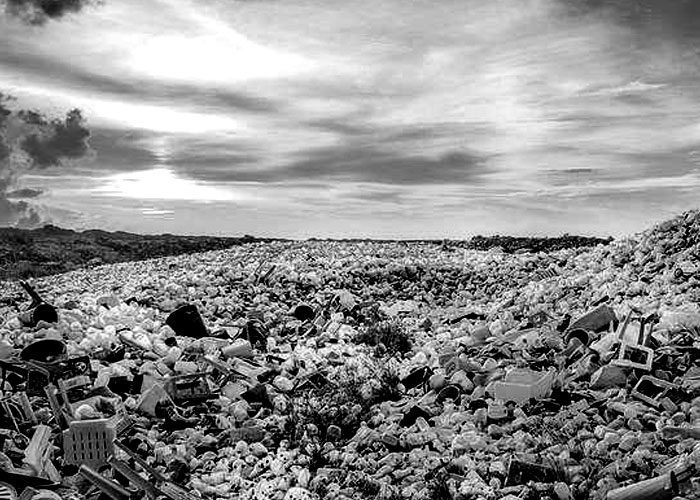
RCP 2.6
The RCP 2.6 scenario can be seen as the best case senario. We need to make a stark turnaround on current climate change polices and begin a combined global effort to take action soon. Some say the window is closing quickly if it has not already.
This scenario forecasts global emmisions to peak by 2020 and to decline to zero towards the end of the century.
The RCP 2.6 soundscape represents the best case scenario with a representative material of grass. Grass can be made into bio-fuel or bio-energy, which in the year 2100 is forecasted to make up 29% of our energy resource.

RCP 4.5
Emissions peak 50% higher than 2000 levels by mid century and decrease quickly over the next 30 years. The climate stabilizes at about half of 2000 levels around 2070.
Representative Sector: Industry. Industry is the 3rd largest contributor to emissions currently.
Representative Material: onetime use plastics.

RCP 6
RCP 6 projects emissions have doubled by 2060. Then they drop quickly but stay much much higher than current levels.
C02 concentration still increases, slows the later part of the century.
Representative Sector: Electricity. Electircity is the 2rd largest contributor to emissions currently.
Representative Material: coal.
RCP 8.5
Is the worst case scenario. Emmissions continue to increase rapidly through the early to mid century.
By 2100 annual emmissions have stablized but increasd almost 74%.
Population growth is high and environmental and sustainable resource levels are low. Oil use grows swiftly until 2070 and then begins to drop. Coal is the bulk of the increase energy consumption. Land use continues current trends.
Representative Sector: Transportation. Transportation is the largest contributor to emissions currently.
Representative Material: tire/rubber.
